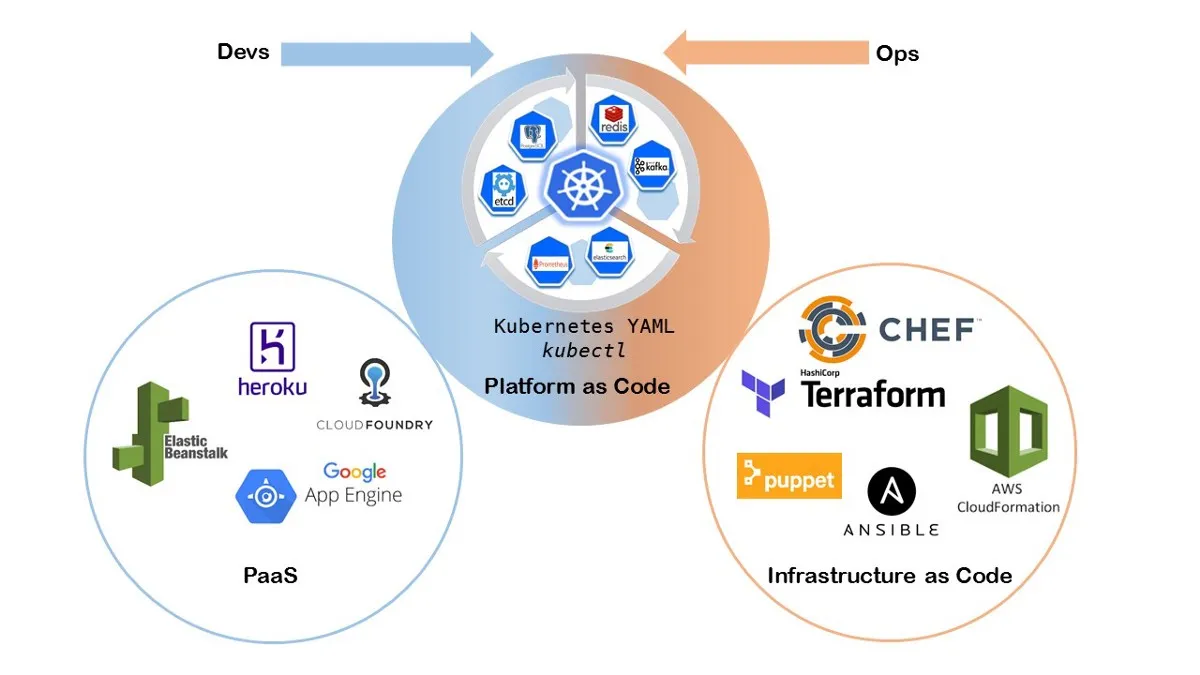We know infrastructure as the hidden part that serves as the basis for any construction. When in the context of Information Technology this word has a similar meaning. The infrastructure is the hidden physical component on which the software runs over.
In the beginning, we had to configure the infrastructure components manually. Then, came the virtualization. With virtualization, components passed to exist in the virtual and physical world. They keep existing in the physical world. But is in the virtual world that we define their configurations. That way a physical component can be used at the most.
The virtualization process also improved the operator experience. Friendly user interfaces instead of manual steps. Remote management instead of needing to be on the local. This enabled complex infrastructure systems to be set by “point and click”.
That was a huge advance! We have to admit it! Instead of someone needing to manipulate physical components, something that could take days, virtualization made infrastructure management safer and faster.
But, the manual approach was not yet ideal for some use cases. How we recreate the same infrastructure over and over again? How can we go from dozens to thousands of resources using “point and click” without needing more people?
It was clear that have the procedures documented in a check-list was not enough. Neither to hire hundreds of operators.
The next step: now we wanted our virtualization tools automated and integrated with other solutions. Instead of a human-oriented interface (GUI), virtualization solutions, powerful application programming interfaces (APIs).
Infrastructure as Code is exactly that: manage configuration using code. To make APIs calls based on what is written on the code instead of using graphical interfaces.
#operations #infrastructure-as-code #api #software-engineering #terraform
